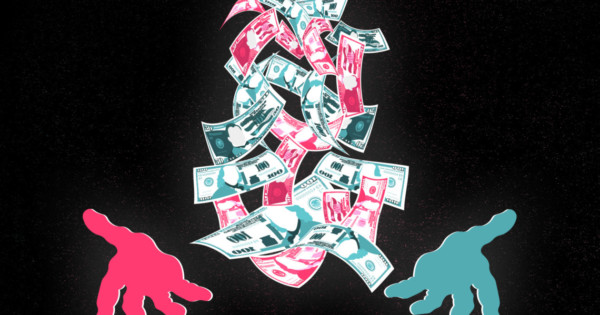
Digitization & diversification continues
Following widespread cuts to ad budgets earlier this year, a rebound is anticipated in 2021, with Zenith forecasting that ad spend will recover by 5.8% globally. Brands will no doubt continue to move their advertising and marketing spends from traditional media into the digital sphere, which is expected to account for 51% of 2020 ad spending. Some brands may still be wary of losses as the second wave of the pandemic takes hold so we can expect to see big portions of these budgets go toward influencer marketing, where brands can get a lot of bang for their buck, compared to native ads on social media.
Media buying has become incredibly accessible. Editing tools and open-source software programs make it easy for anyone to run a creative campaign themselves, without oversight or advice from agencies. However, the smartest brands will choose to keep agencies and professionals in the mix so as to not compromise on quality. Likewise, agencies will need to embrace some brand’s desires to “DIY” campaigns and offer solutions that mix traditional management with more hands-off, advisory approaches. Agencies who try to pretend that this diversification of media buying isn’t happening and carry on with their typical approach won’t appeal to brands looking for more creative control and accessibility and could therefore suffer in 2021.
Synthetic media will muddy the waters
Synthetic media covers everything from face-swaps and AI-engineered stock photos to CGI influencers and deep fake videos. Synthetic media is on the rise and 2021 could bring more of this content to consumers’ everyday lives through social media advertising and marketing campaigns. These tools can offer brands safe, cost-effective ways to develop content while remaining mindful of public health restrictions. Conversely, they have the potential to become weapons of disinformation, causing serious problems for users seeking accurate, authentic content and resulting in a dystopian social media experience.
These tools can have their benefits, when used appropriately. For instance, through a combination of AI and facial deep fake technology, brands can quickly and easily dub videos into thousands of languages, making content that much more personalized and relatable for global audiences. However, choosing to go all-in on synthetic media across all facets of a marketing campaign could be a risky move for brands in the long term. It’s not worth turning off potential customers with videos and images they find unsettling or untrustworthy. Not to mention the risk of having a synthetic video manipulated for nefarious means. For these reasons, we can expect to see brands who are most attune with their audiences and broader trends double down on content and marketing plans led by real, relatable ambassadors and influencers instead of getting involved in synthetic media.
More platforms and features come and go
Every technology or platform has its moment until something else comes along. Yes, some have more staying power than others, but there’s almost always a “next best thing” waiting in the wings. Right now, we’re experiencing a renaissance of social platforms and apps, particularly as users seek out new and engaging ways to connect virtually. Brands and users can take their pick, and many have specific use cases and benefits to offer. However, in 2021, as more platforms emerge and we inch closer to critical mass, keep an eye on the biggest players to see how they cement their position in the ecosystem.

Leave a Reply